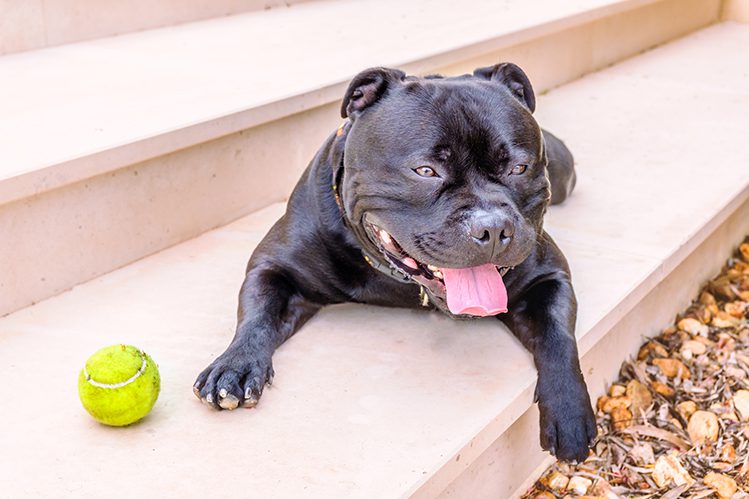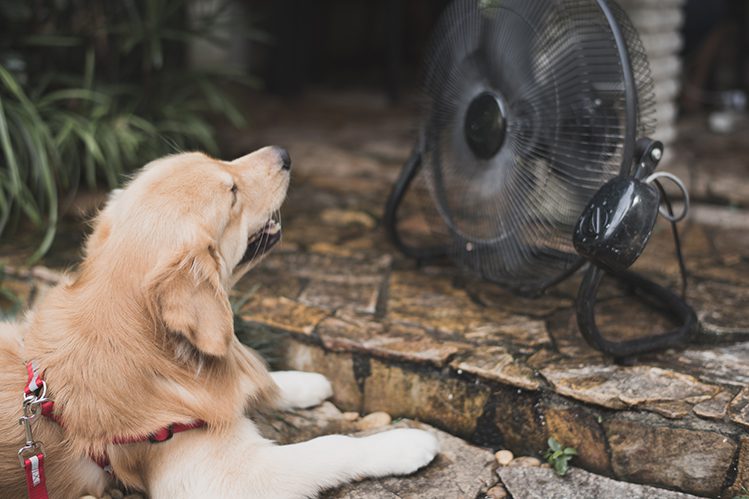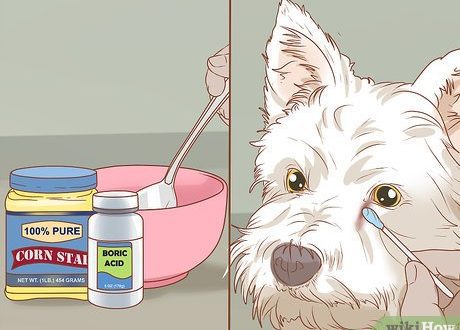
How to protect your dog from heat stroke
Can a dog get heat stroke? What about sunny? How to provide first aid? And most importantly: how to protect your dog from them? We clearly and point by point analyze these issues in the article.
Heat stroke is a critical condition of the body that occurs as a result of overheating. Several factors can lead to it: exposure to direct sunlight, being in a stuffy room and intense physical activity in hot and humid weather. Overheating in the sun is called sunstroke, i.e. sunstroke is a type of heatstroke.
A dog of any breed and age can suffer from heat stroke (including sunstroke). To do this, it is enough to spend five minutes in the scorching sun or stay for two minutes in a closed car.
Especially prone to overheating are dogs with short muzzles, thick dense hair, overweight and other conditions that put an additional burden on the body.

Dogs tolerate heat harder than we do and are at higher risk of heat stroke. The reason for this is in the features of thermoregulation.
When a person is hot, he sweats, and the release of sweat saves the body from overheating. But dogs have few sweat glands, they don’t know how to sweat. Their thermoregulation is achieved not by sweating, but by rapid breathing. Feeling the heat, the dog begins to breathe quickly, often and shallowly. With each such exhalation, moisture evaporates from the oral mucosa, and with it heat. In this way, body temperature is regulated.
In the normal state, the dog makes 20-40 respiratory movements per minute. And in the sun – 310-400!
Now imagine that the pet is under the scorching sun or in a room where there is nothing to breathe. What happens then? The body does not have time to give off heat, resources can not cope and heat stroke occurs.
The main danger of overheating is that the symptoms develop very rapidly and, without proper intervention, lead to serious health consequences and even death.
Overheating is a real threat to the health and life of the dog. But despite the seriousness of the problem, it is easy to avoid it: it is enough to follow simple rules. Here they are:
On hot days, walk your dog before 8 am and after 20.00 pm. At this time, it is cooler outside, and exposure to the sun is safe.
Choose shady places for walking. Possibly near water bodies.
Take water and a pet bowl for a walk.
Moisten the paw pads and the dog’s belly with water from time to time. Don’t touch your head! If you wet your head, you can provoke sunstroke.
- Don’t leave your dog in the sun.
- Do not use muzzles, strict collars or other accessories that make breathing difficult.
Don’t leave your dog in the car even for “one” minute! In the sun, the car warms up in seconds. Just imagine: even at 20 C, the temperature inside the car can rise to 46! The pet is trapped in a trap without fresh air and suffocates! Thus, due to the fault of irresponsible owners, many dogs were seriously injured. Under the law of the United States and Great Britain, any passer-by has the right to break the glass of a car in order to save a locked dog.

Don’t let your dog get overtired. Reduce activity and let her rest more often
Don’t force your dog to move in a stuffy room
Ventilate the room where the dog is
Follow the diet, do not overfeed the dog. Digesting a large amount of food requires a huge amount of energy, which in the heat of the dog is already deficient.
How to understand that the dog is overheated? The following signs indicate this:
Deterioration: Weakness, lethargy, unsteady gait
Heavy rapid breathing
Cardiopalmus
Increase in body temperature: over 40 C
Dryness and blanching of mucous membranes
Increased salivation and/or vomiting
Convulsions
Loss of consciousness
If you notice at least one of these symptoms, you need to urgently deliver your pet to a veterinarian. If this is not possible, proceed to provide first aid.
Read carefully and memorize. This guide may one day save your dog’s or another’s life.
Move your dog to a shady place as soon as possible.
provide fresh air
moisten the belly, armpits, dog’s coat with cool water. Do not cover the dog with a completely wet towel, this will slow down the heat dissipation.
moisten the dog’s lips, pour a few drops of water into the mouth through the corner of the mouth
on the area of large vessels (neck, armpits, groin), you can put ice packs
control body temperature: it should drop to 39,4-40 C (rectally).

And here’s what you can’t do. Such “help” will only worsen the condition of the dog:
use ice water to cool down or abruptly plunge the dog into cold water. Both of these actions will cause vasospasm and make it difficult to normalize body temperature.
give your dog a fever reducer
inactive: heat stroke will not go away on its own
After giving first aid, immediately take the dog to the veterinarian, even if he has already recovered and looks cheerful. Overheating is very serious, and it is impossible for a non-professional to predict its consequences. The specialist will examine the dog and give further recommendations on caring for it.
Be careful and protect your pets from negative factors. They trust us!





